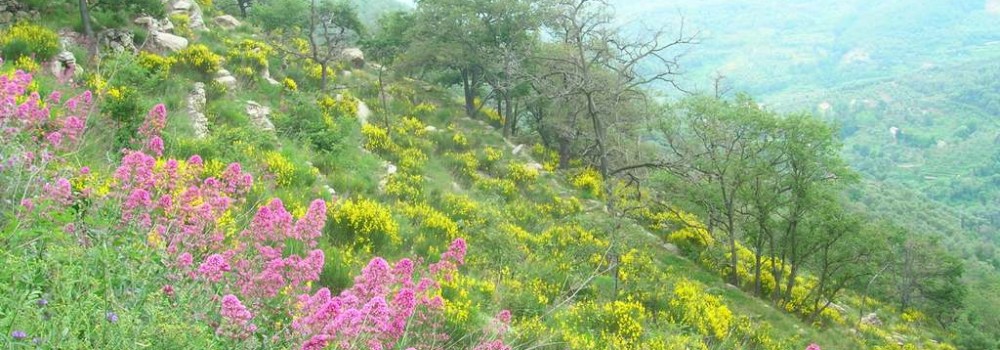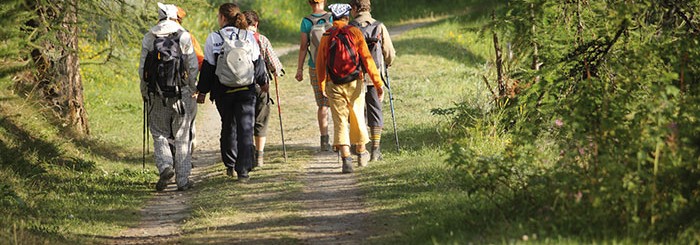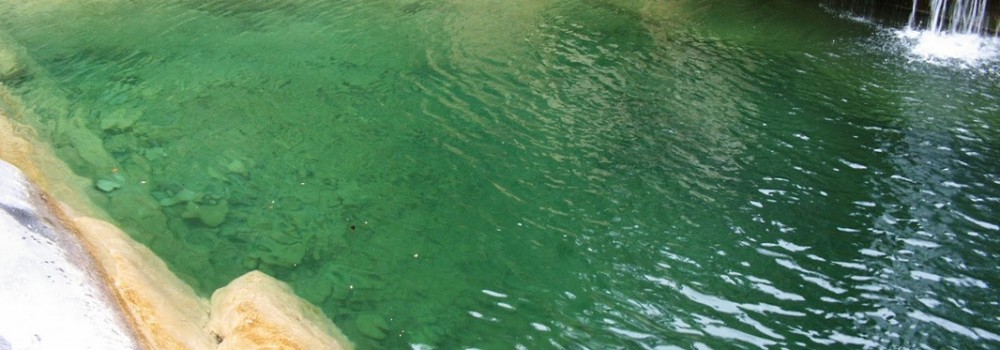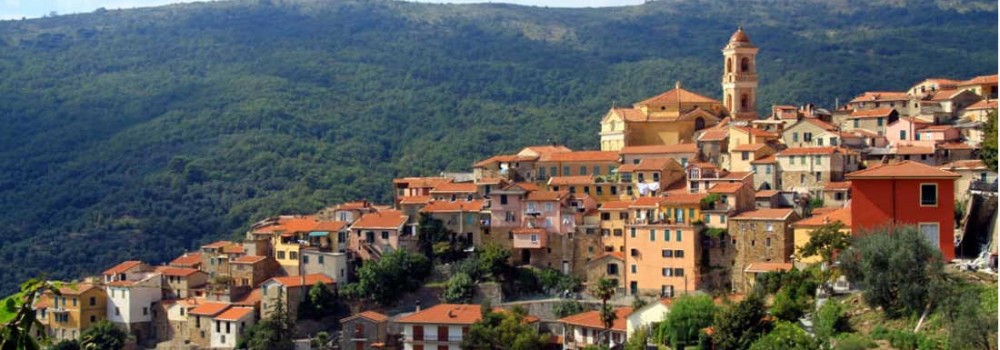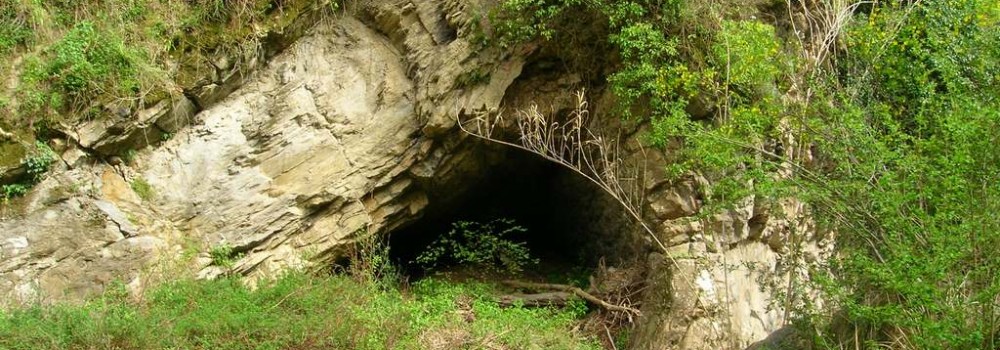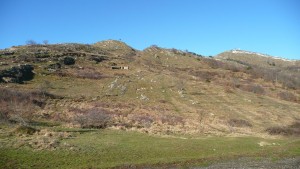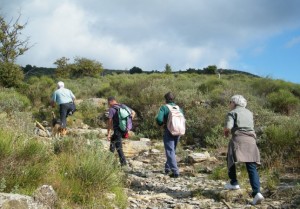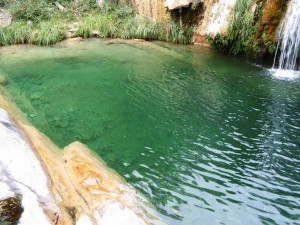ESCURSIONI E VISITE GUIDATE OFFERTE DAL NOSTRO AGRITURISMO
Pietrabruna is a perfect point of departure for those wishing to discover the roads and pathways around the sea, where the salty sea breeze, rich with the aroma of broom, hovers over the olive groves and vineyards to blend with the fragrance of lavender and of the pines that herald the foot of the alps.
Ancient stone-built villages, representing history, legend and folklore, form unbroken bands along the hillsides from which the very stones themselves seem to blossom like mountain-flowers. This is a place to be lived, where the warmth of its people is to be felt, where its precious jewels represented by the local handicrafts, traditions and the nature itself enchant.
For lovers of art and architecture, trekking and nature excursions are conducted by skilled guides who will unveil the secrets harboured in the uniqueness that is Liguria: chamois and marmots look out over the sea from the 2000 metre altitude of the Saccarello mountains , orchids and very rare flowers border the paths, caves bear silent witness to ancient human habitation, the lands of witches and dragons, ancient Roman parish churches with sumptuous Baroque altars are just a stone’s throw away from the sea, for all to enjoy..
SAN SALVATORE trekking
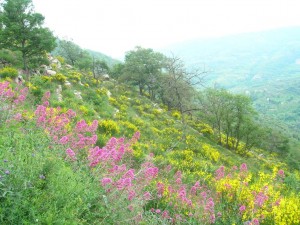
Starting from the village bar, you continue down the narrow streets and set off down the mule track. This will take you through olive groves, and past trees and shrubs typical of the Mediterranean. You arrive at the San Rocco oratory and continue along the mule track, passing some stone barns and walking alongside high dry walls.
You eventually arrive at a small group of stone-built houses and following the flat path you come to the Campocumin spring, surmounted by a stone arch with clusters of maidenhair fern.
As the path rises the vegetation changes, and the olive trees give way to oak. You reach the San Salvatore path with its small chapel, within which are preserved the remnants of a cycle of late medieval frescoes. From here, bearing south you rejoin the olive groves; in the area known as Rocca, near to the village you will see an oratory and will come across several large stills that are used for the distillation of lavender. The trip lasts about three hours.
From San Salvatore, travelling along an unsurfaced road, it is also possible to reach Castellaro, or continue to the “Sette Fontane” mount and come down at Pompeiana, or go further into the woods to reach Badalucco in the Argentina Valley.
Monte faudo – Monte folliaTrekking
In the town, before entering the car park where the town bar is located, take a small road to the right, which in one hour leads to the “Figarea” cross. From here, you continue through the meadows and woods towards the great plateau known as “Bertolotta”. After another hour you arrive at the “Bramosa” spring on the slopes of Mount Faudo. It takes about a quarter of an hour to reach its summit.
If however you want to climb Mount Follia, an important archaeological site, once you reach the “Bramosa” spring, turn left and follow a path in the middle of the meadow. After ten minutes you reach Mount Follia.
Pietrabruna- passo di Vena – Colle d’oggiaTrekking
Following the previous itinerary, having reached the “Bramosa” spring, continue until you reach the tarmac road. Turn right, walk for about 1km downhill, and on reaching a wide bend, take the path on the left. This marks the beginning of a charming walk, which along the peak, bestriding the Imperiese valleys and the Argentina Valley, takes you, in about two hours, to the Colle d’Oggia. A pleasant resting place during the journey is to be found at the small church of the “Pistona”
THE TRAIL OF TWO BRIDGES
Thus is a picturesque round-trip excursion which starts at Pietrabruna (see map), goes to the small church of Saint Brigida and returns to Pietrabruna. In total it takes around three hours.
Leaving Pietrabruna, you set off along Via P. Borsellino, following the tarmac road among the olive trees, anemones and decorative greenery. Take the first turning on the left and continue along an unsurfaced road, which rises at first and then levels off among the olive trees. The road continues into the wood, and slopes down towards the “Martelli” bridge. This bridge was built on the main route running from Dolcedo to Pietrabruna. The route slopes upward amidst the olive trees and passes the ruins of a house possessing numerous stone arches. From this point a charming paved pathway leads to Santa Brigida. From here you may go on to Civezza or to Dolcedo and Imperia, or even climb upwards towards Mount Faudo.
To return to Pietraburna however, you go back along the last stretch of path and continue straight on. When you reach a modern house you will see the start of the mule-track. Walking through the wood you reach the “Merea” bridge. Near this you find the hermitage of pré Luigi, a hermit who lived here at the end of the 1800s. A short way beneath the hermitage you can find some ponds among the trees (see following excursion). Continuing on among the olive trees and gardens you return to Pietrabruna.
THE SMALL LAKES.
About 3km from Pietrabruna, in the San Lorenzo al Mare direction you come to a large building surrounded by a wall. This used to be a military barracks. You may park here and continue on foot, taking a small unsurfaced road on the left, just before the turning. This road runs along the surrounding wall of the ex-barracks before crossing cane fields and gardens. This road gradually narrows to a path that leads to three magnificent small lakes, immersed in wild vegetation. In the summer one may swim in the lakes and sunbathe. The whole walk takes around 15 minutes and can also be done by bike

